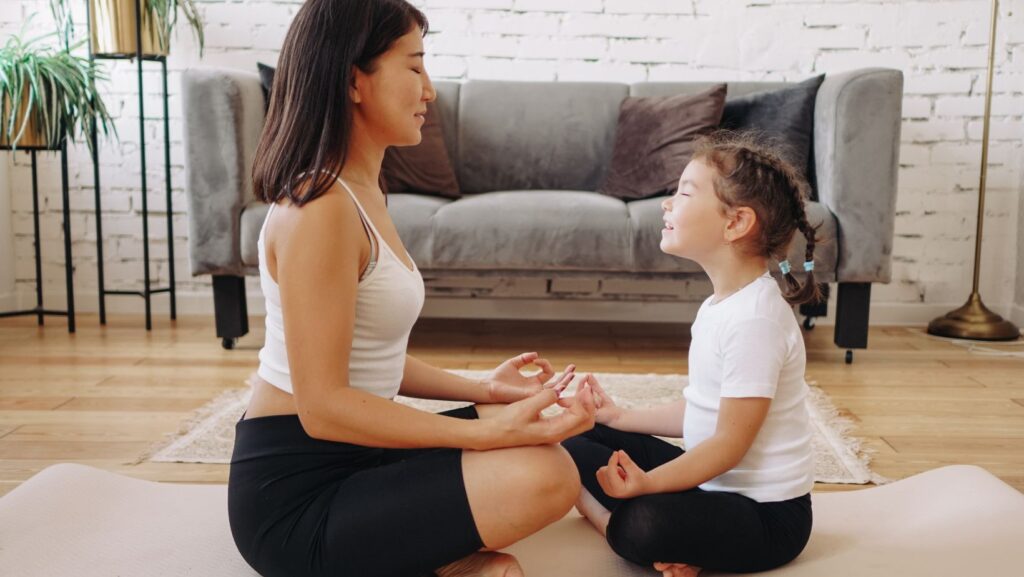Are you ready to elevate your strength training game? If you’re looking to build a powerful neck and enhance your overall stability, then incorporating a neck harness into your routine might be just what you need! But before you strap in and start lifting, it’s crucial to know how to use this underrated piece of equipment safely and effectively. In this blog post, we’ll guide you through the essentials of using a neck harness, ensuring that every rep not only maximizes your gains but also keeps you injury-free. Get ready to unlock new levels of strength while protecting one of the most vital areas of your body! Let’s dive in!
What is a Neck Harness?
A neck harness is a piece of equipment that specifically targets the muscles in your neck, including the sternocleidomastoid, trapezius, and splenius cervicis.

It consists of a padded head strap attached to a weighted chain or cable, which you can adjust for resistance. Neck harnesses for resistance training come in a variety of styles and sizes, but they all function the same way, allowing you to perform neck flexion, extension, and lateral movements.
Benefits of Using a Neck Harness for Resistance Training
The neck is a crucial part of the body that often gets overlooked in strength training. However, having a strong neck has numerous benefits, including:
- Improved Stability and Balance: Your neck muscles play a significant role in maintaining balance and stability, especially during compound movements like squats, deadlifts, and overhead presses. A strong neck allows you to keep your head in a neutral position and support the weight of the bar, reducing the risk of injury.
- Reduced Risk of Neck Injuries: Weak neck muscles are more prone to strains and sprains, which can be debilitating and take months to heal. Strengthening your neck with a harness can help prevent these injuries and keep you in the game.
- Increased Performance in Contact Sports: If you participate in contact sports like football, wrestling, or martial arts, having a strong neck is crucial for protecting against concussions and other head injuries. A neck harness can help you build the necessary strength to withstand impact and reduce the risk of injury.
- Enhanced Aesthetics: A well-developed neck not only looks impressive, but it also adds symmetry and balance to your physique. By incorporating a neck harness into your routine, you can achieve a more well-rounded and proportionate look.
- Improved Posture: Many people suffer from poor posture due to weak neck muscles, which can lead to neck and back pain. Strengthening your neck with a harness can help improve your posture and alleviate discomfort caused by slouching.
Tips for Using a Neck Harness Safely
- Start with Light Resistance: If you’re new to using a neck harness, it’s essential to start with light resistance and gradually increase the weight as your strength improves. Using too much weight can strain your neck muscles and lead to injury.
- Use Proper Form: When using a neck harness, make sure to keep your head in a neutral position and avoid jerking or swinging the weight. Slow and controlled movements are key to getting the most out of this exercise while minimizing the risk of injury.
- Listen to Your Body: If you feel any discomfort or pain while using a neck harness, stop immediately. It’s essential to listen to your body and avoid pushing yourself too hard.
- Don’t Neglect Other Neck Muscles: While a neck harness primarily targets the front and sides of your neck, it’s essential to also work the back of your neck with exercises like chin tucks or neck extensions. This will help maintain balance and prevent muscle imbalances.
- Consult a Professional: If you’re new to using a neck harness or have any pre-existing neck injuries, it’s best to consult a professional before incorporating it into your routine. They can provide guidance on proper form and help you choose the right weight for your current fitness level.
Conclusion
A neck harness can be a valuable tool for anyone looking to strengthen their neck and improve overall performance. By incorporating it into your routine and following proper safety precautions, you can reap the benefits of a strong and stable neck. Remember to start slowly, use proper form, and listen to your body to avoid injury and get the most out of this exercise.



